With the advantages of rich cultural history and dozens of existing traditional craft villages, Kien Xuong district aims to develop craft villages associated with spiritual tourism, eco-tourism, and experiential sightseeing, helping craft villages take off.
Silver carving products are bought by many tourists for personal use and as gifts.
Side job becomes main job
It is called a craft village but in fact the whole commune does the job, it is called a secondary job but in fact it is the main job - that is the beauty of some craft villages in Kien Xuong district. Through many historical ups and downs, the traditional craft villages here still develop diversely and maintain 25 craft villages. Many craft villages and craft village products have good development trends such as Dong Xam silver carving, Thuong Hien bamboo and rattan weaving, Nam Cao linen weaving, Hong Tien rice... In addition to the stable development of traditional crafts, the district has introduced a number of new crafts such as nylon mat weaving, crocheting, making false eyelashes... contributing to solving employment and creating stable income for rural workers. Up to now, the whole district has 6 artisans recognized as national artisans, with 3 products: Dong Xam silver carving, Hong Tien fish sauce, Hong Tien rice have been granted collective trademark certificates for craft village products. Many craft villages are bustling and bustling, working all year round and are the main source of income for local people.

The bamboo and rattan weaving profession in Thuong Hien has developed, creating stable jobs for thousands of workers.
Typically, in Thuong Hien commune, thanks to their side jobs, people here have a stable income of 3.5 - 5 million VND/person/month.
Mr. Pham Xuan Hop, Chairman of the Commune People's Committee, said: The traditional bamboo and rattan weaving craft village has existed for over 100 years but has become the main source of income for people in the commune. This craft has many different stages and diverse products from rattan to flower rows and baskets for export, so the craft village has never stopped operating. Up to now, the whole commune still maintains 75% of households doing the craft, has two large enterprises and dozens of establishments specializing in supplying raw materials and consuming products. The most special thing is that people outside of working age, students, children, officials and civil servants can all do the job for high income.
Along with that, Kien Xuong district always pays attention to and creates favorable conditions for the development of small-scale industries, crafts and craft villages. Therefore, the model of craft production and craft villages is gradually changing towards professionalism and efficiency, gradually shifting from individual craft households to establishing private enterprises to increase development capacity and competitiveness in the market. Up to now, the whole district has 18 enterprises, cooperatives and 256 production and business establishments operating in craft villages with over 10,000 workers. Typically, Dong Xam silver carving craft village currently has over 300 craft households attracting about 4,000 workers, concentrated in 3 communes: Hong Thai, Le Loi, Tra Giang. In 2022, the production value from the profession will reach over 1,000 billion VND, the average production value increase in the period 2018 - 2022 will reach 13.5%/year, the average income will be 3.5 - 4.5 million VND/person/month.
Awakening the potential of craft village tourism
It is necessary to awaken the potential of craft village tourism, which is one of the new directions in developing craft villages in Kien Xuong to promote the beauty of craft village culture, thereby preserving, promoting and conserving traditional cultural values, sustainably developing craft villages, attracting more tourists to craft villages in particular and Thai Binh province in general.
Mr. Nguyen Van Duc, Chairman of Kien Xuong District People's Committee, said: Craft villages in the district are assessed to still have a lot of room and potential to build products serving tourism activities. Many craft villages still retain many ancient beauties, creating many attractive and new points for tourists. In order for craft villages to become a unique cultural product, Kien Xuong will plan, select investment, preserve, and maintain typical craft villages, targeting many visitors; build a cultural space for craft villages; create attractive products to attract tourists to shop; preserve the traditional beauty of craft villages; develop a transportation system to facilitate visitors to visit. Typically, Nam Cao linen weaving in recent times has not only become a bright spot in terms of models and new ways to restore and develop traditional craft villages, but also associated with rural tourism and experiential tourism. Kien Xuong has been forming a series of craft village tourism from Dong Xam silver carving to Nam Cao linen weaving to Thuong Hien bamboo and rattan weaving, creating products and imprints for tourists to experience, contributing to promoting the development of services and trade in localities. For Nam Cao linen weaving village, the District People's Committee has coordinated with the Department of Culture, Sports and Tourism to build documents to be recognized as an intangible cultural heritage of the craft village.

Looms and skilled craftsmen passionate about their craft.
Ms. Luong Thanh Hanh, Director of Nam Cao Silk Cooperative, shared: Restoring the craft village has been a great success, but most importantly, I have gradually formed an experiential tourism destination for domestic and foreign tourists to visit and shop. This model combines farmers, cooperatives and companies, creating a value chain from production to product consumption. The cooperative has built a raw material area for growing mulberry and raising silkworms, attracting more than 200 households in Nam Cao to work in the craft, and the Hanh Silk facility in Hanoi is responsible for consuming the products. What is special is that the craft village in Nam Cao still retains the soul and unique image of the Vietnamese countryside in the past, such as old country houses, small winding village roads with rows of ornamental trees, ancient brick walls and wooden looms, the sound of weaving machines and the diligent old people working in the craft, creating an impressive and interesting picture for tourists. When coming to the craft village, tourists will be able to visit and admire the countryside scenery, listen to the story of the restoration of the craft village, admire and experience the spinning, spinning and weaving of silk, thereby better understanding the cultural beauty of traditional Vietnamese craft villages. Therefore, the orientation of the Cooperative is to develop the weaving profession combined with experiential tourism on a scale of 5 hectares with full infrastructure to welcome 50,000 domestic and international tourists to visit, create jobs and stable income for over 1,000 workers, increasing revenue from trade and tourism activities by 30%/year.
Thus, developing craft village tourism is considered an important solution in preserving, conserving and honoring unique traditional cultural values, while also effectively supporting rural areas in Kien Xuong to shift their economic structure towards sustainable development. Therefore, in addition to issuing mechanisms and implementing many synchronous solutions to encourage, support and facilitate organizations and individuals to participate in developing occupations and craft villages, Kien Xuong will strengthen coordination to effectively implement trade promotion programs, calling for businesses to participate in developing craft villages, creating momentum for socio-economic development of the district.
Thu Thuy
Source



![[Photo] Ho Chi Minh City residents "stay up all night" waiting for the April 30th celebration](https://vstatic.vietnam.vn/vietnam/resource/IMAGE/2025/4/30/560e44ae9dad47669cbc4415766deccf)
![[Photo] Demonstration aircraft and helicopters flying the Party flag and the national flag took off from Bien Hoa airport](https://vstatic.vietnam.vn/vietnam/resource/IMAGE/2025/4/30/b3b28c18f9a7424f9e2b87b0ad581d05)
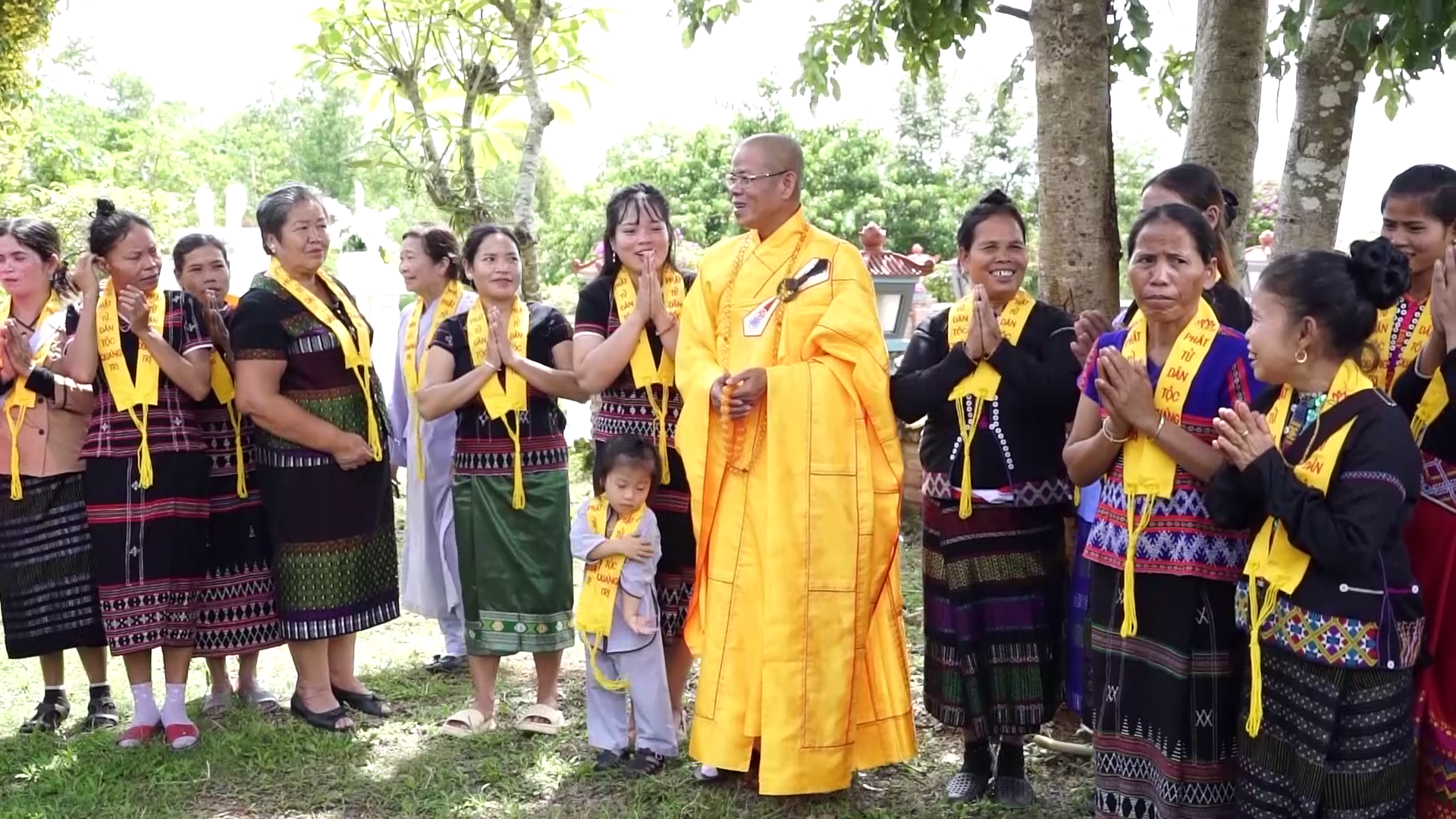

![[Photo] Ho Chi Minh City: People are willing to stay up all night to watch the parade](https://vstatic.vietnam.vn/vietnam/resource/IMAGE/2025/4/29/cf71fdfd4d814022ac35377a7f34dfd1)
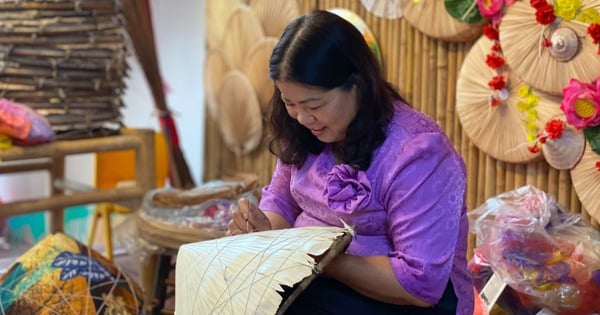

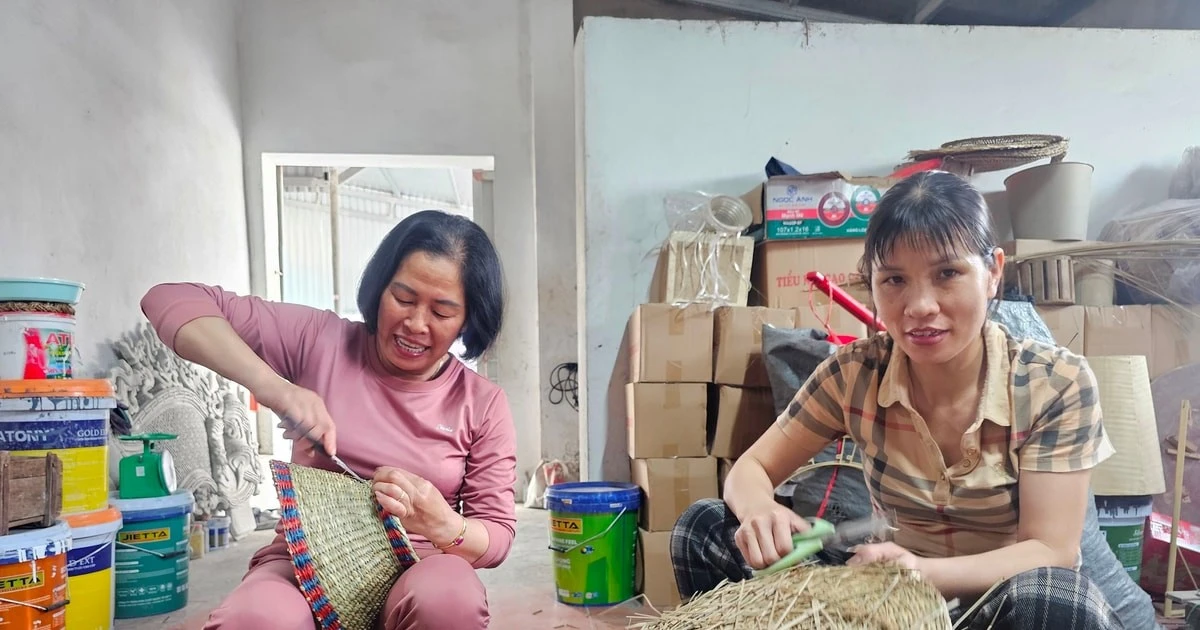

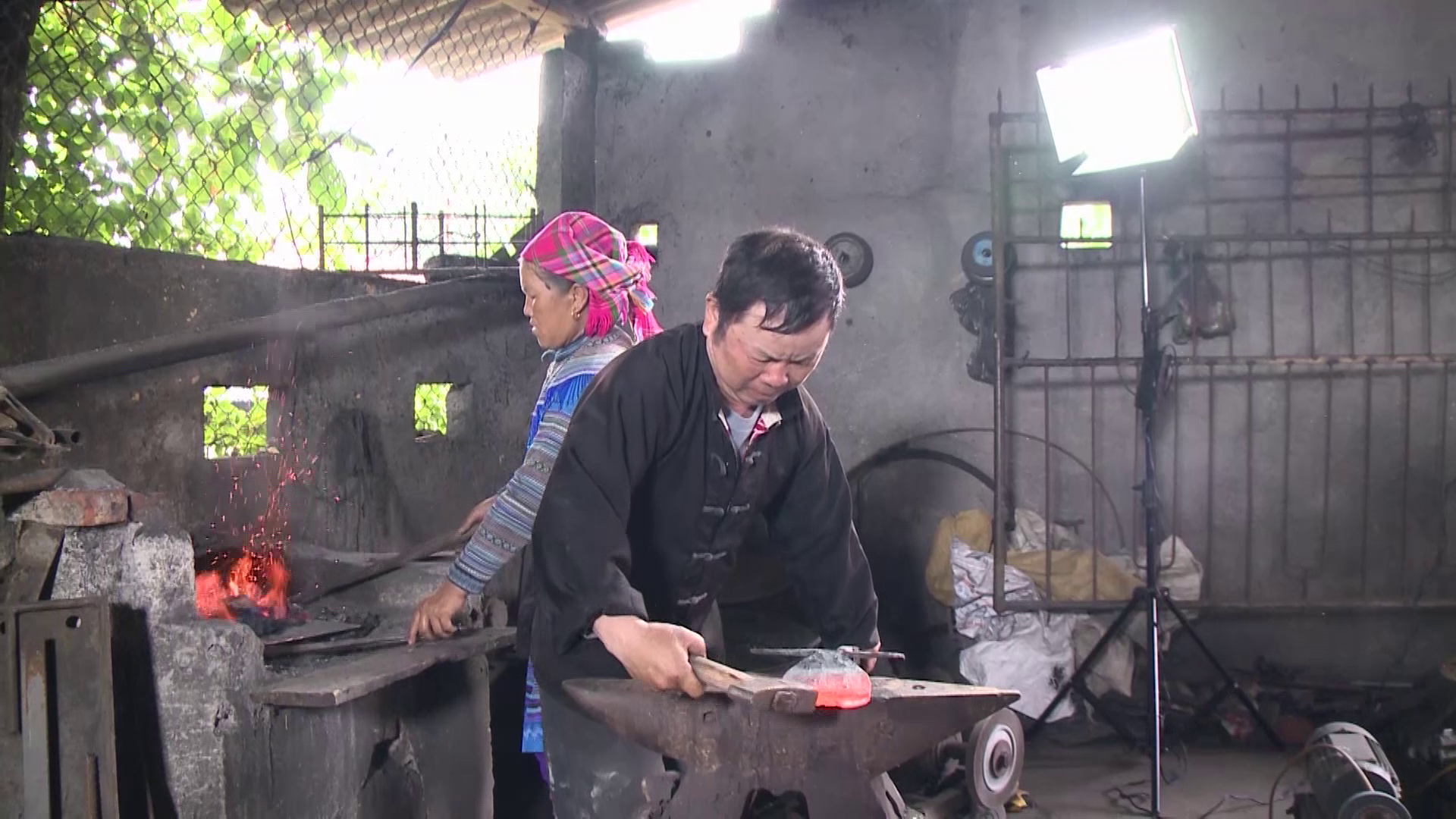
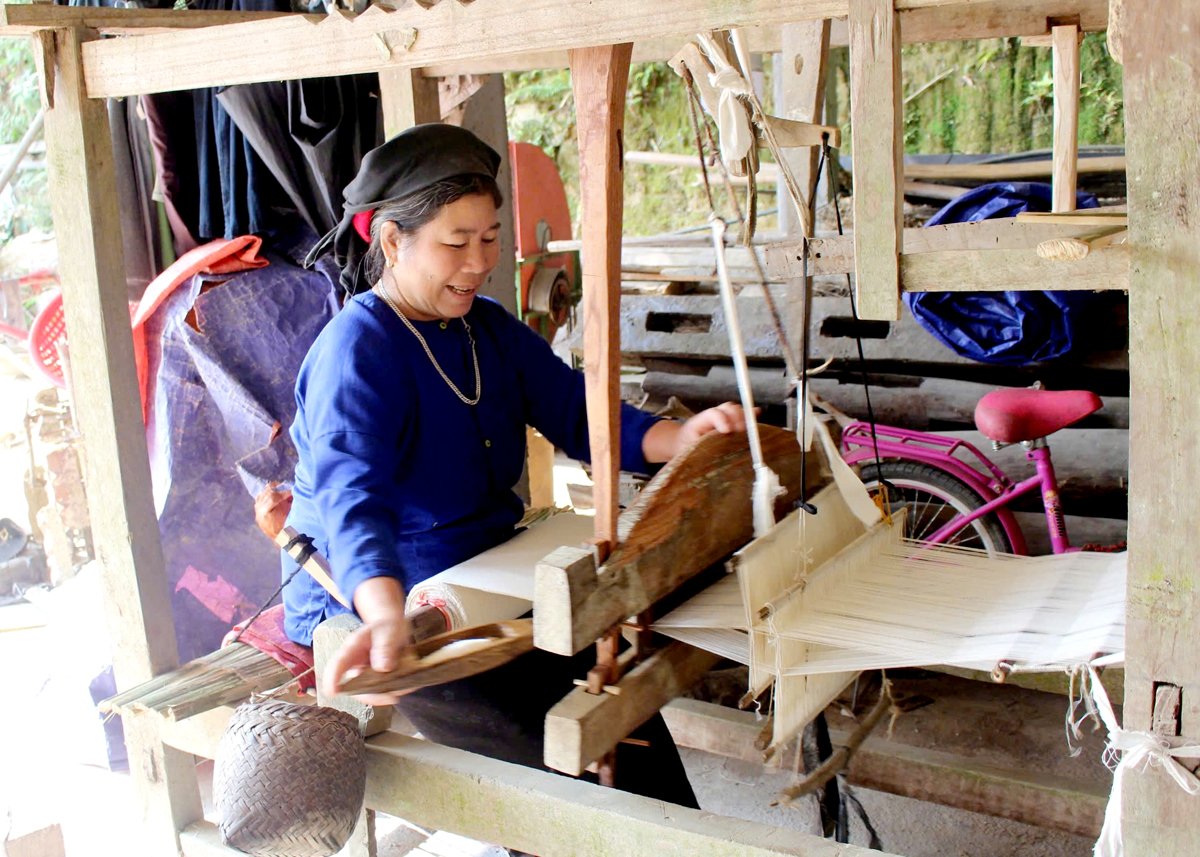


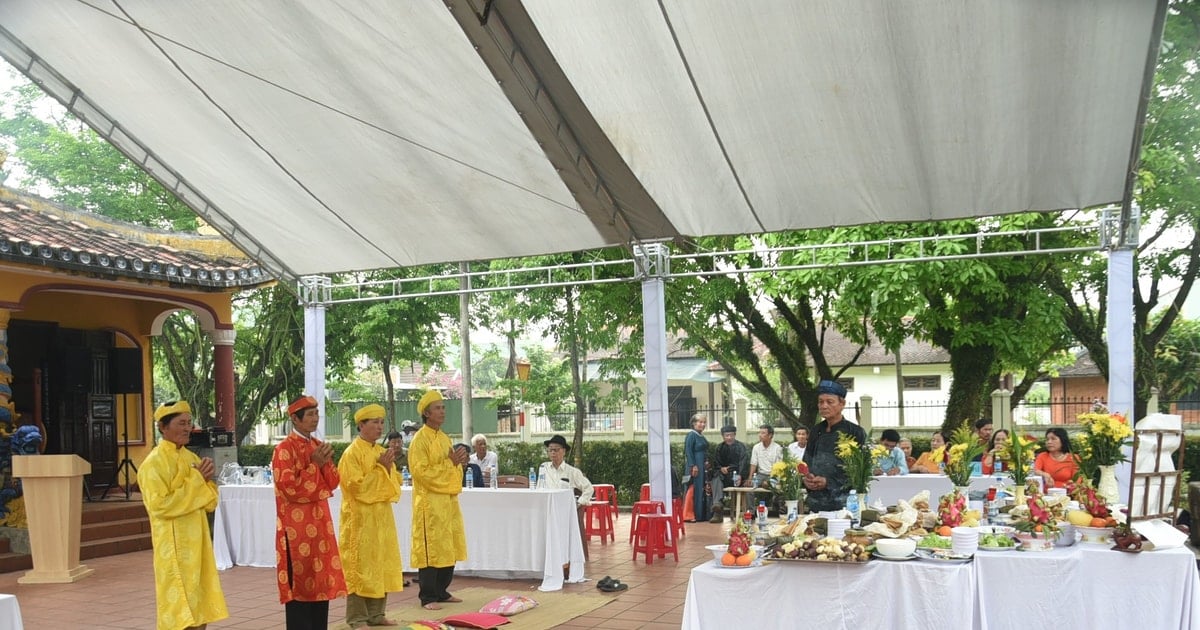

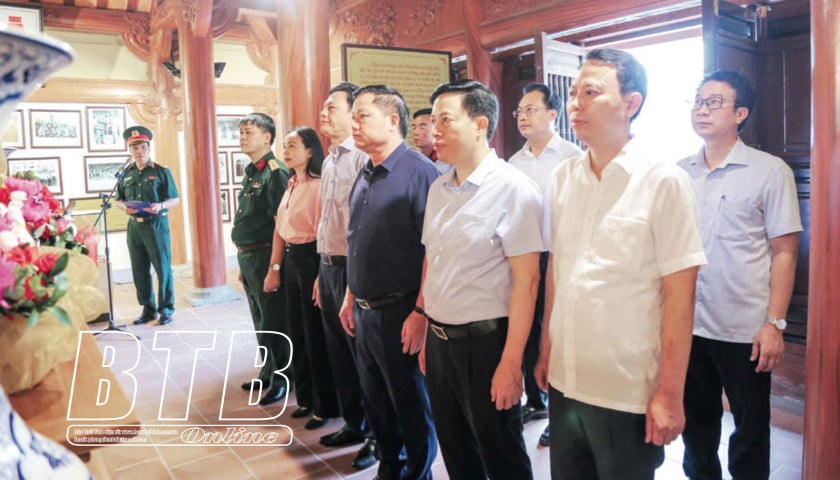









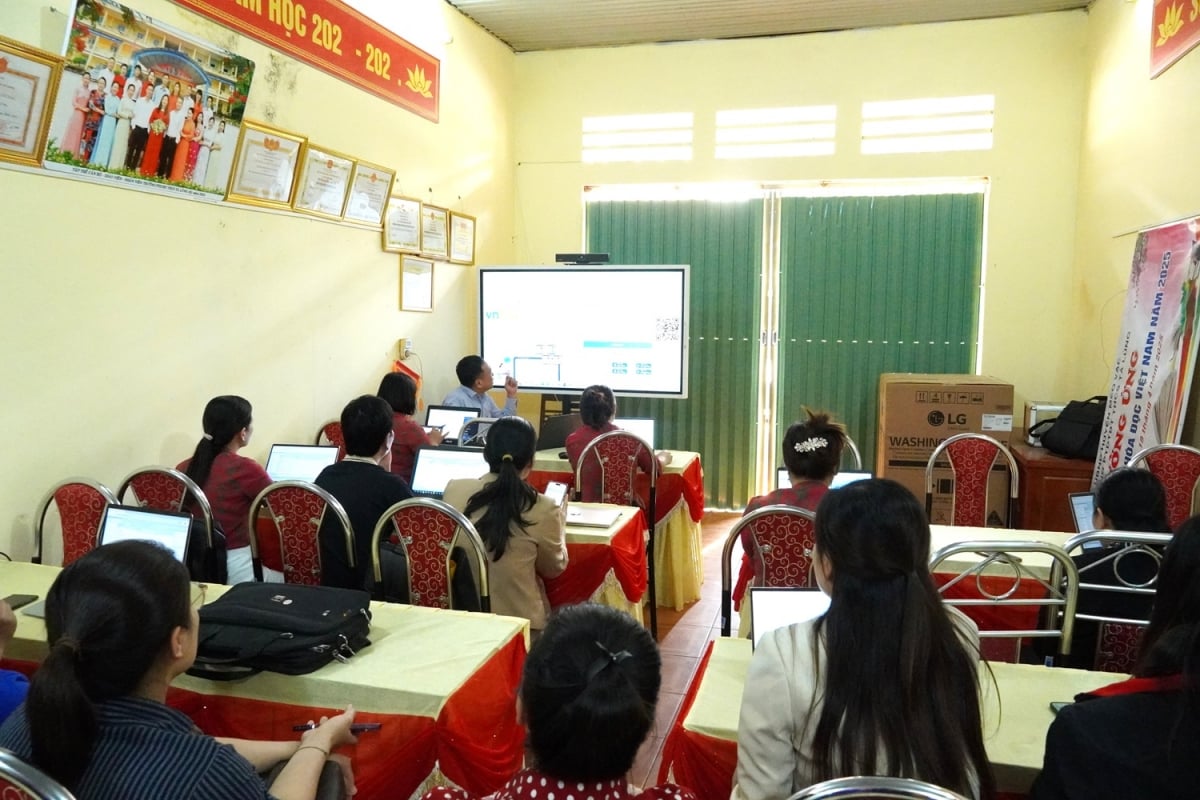
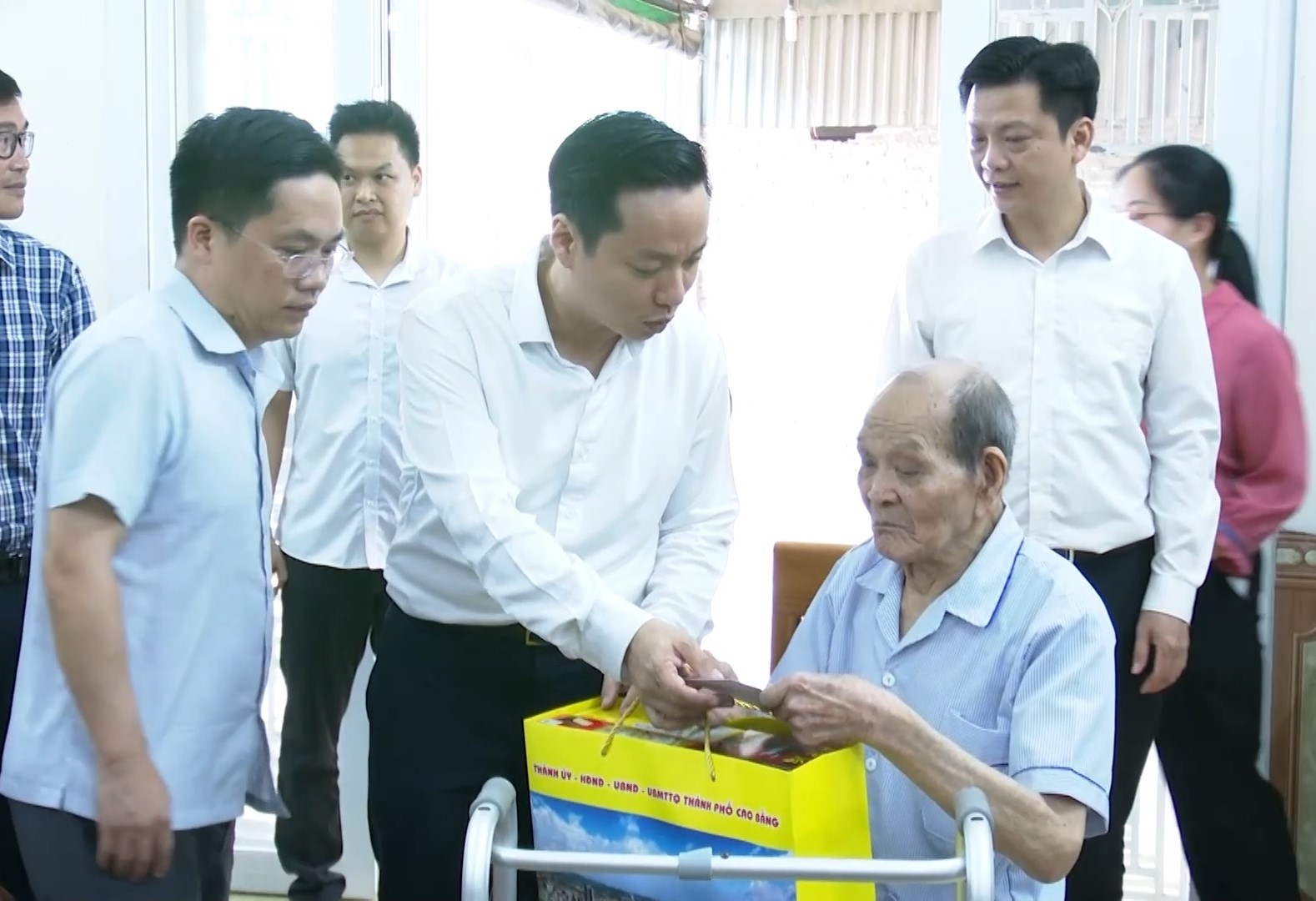
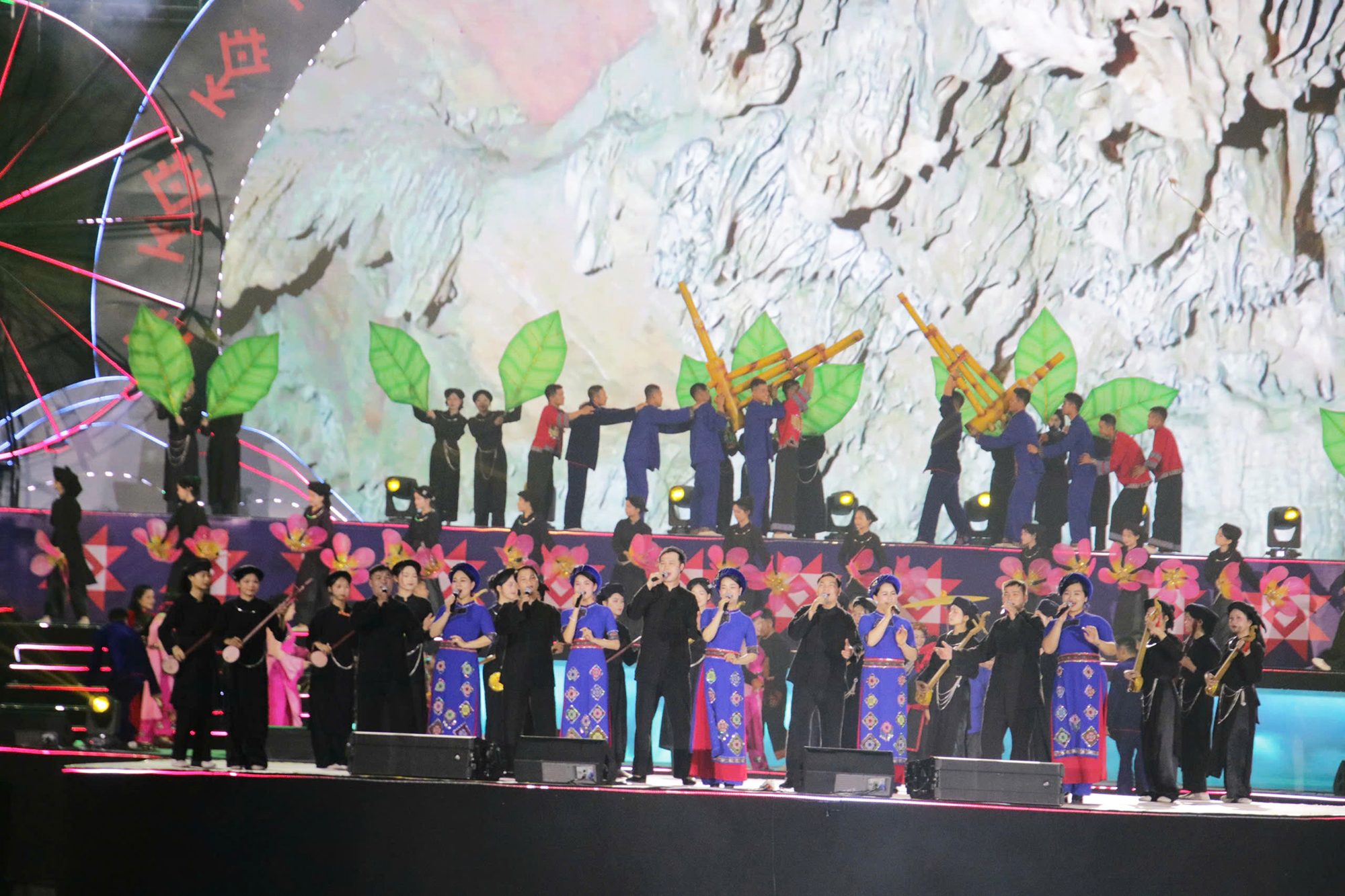

![[Photo] General Secretary attends special art program "Spring of Unification"](https://vstatic.vietnam.vn/vietnam/resource/IMAGE/2025/4/29/e90c8902ae5c4958b79e26b20700a980)




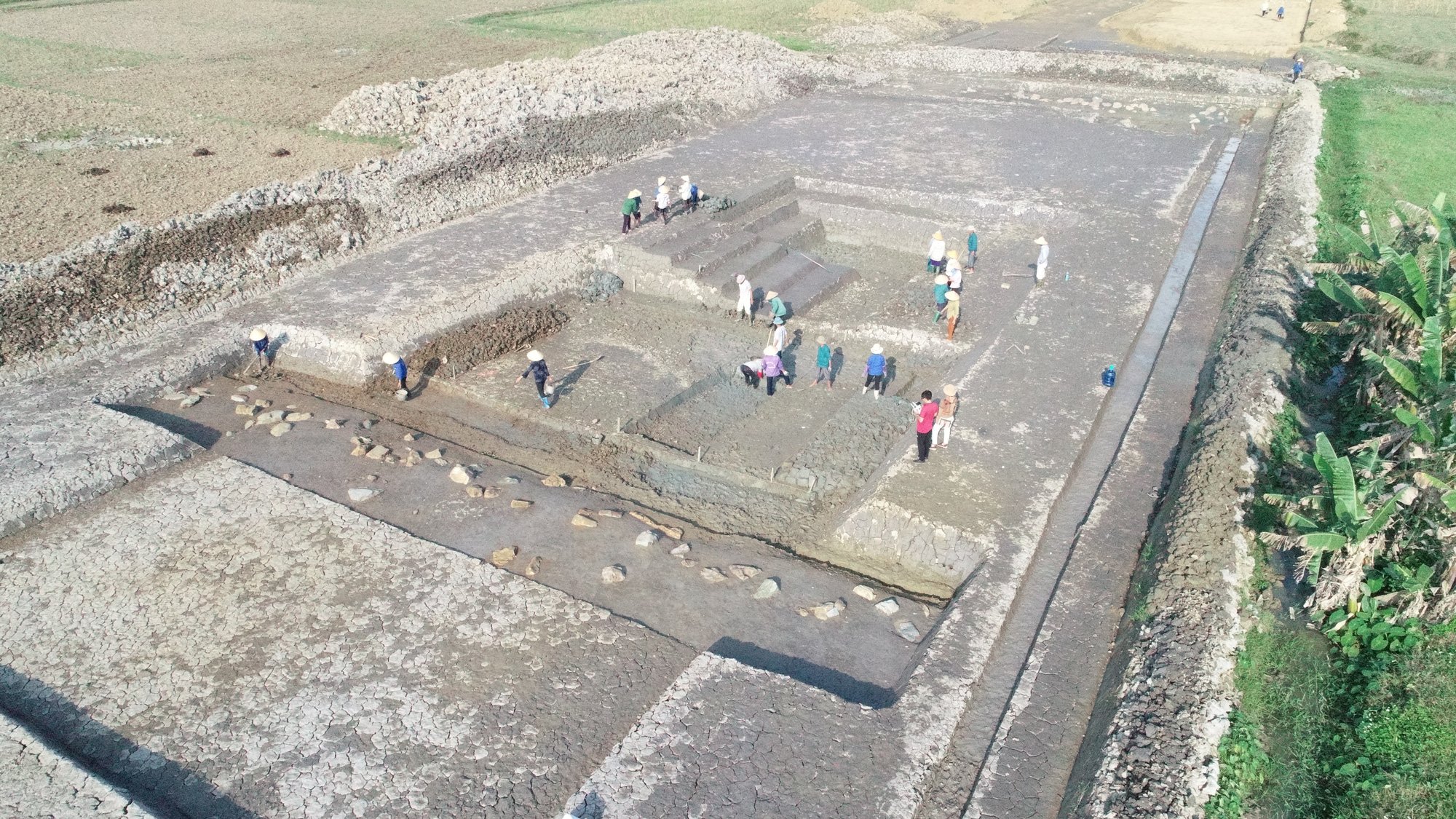




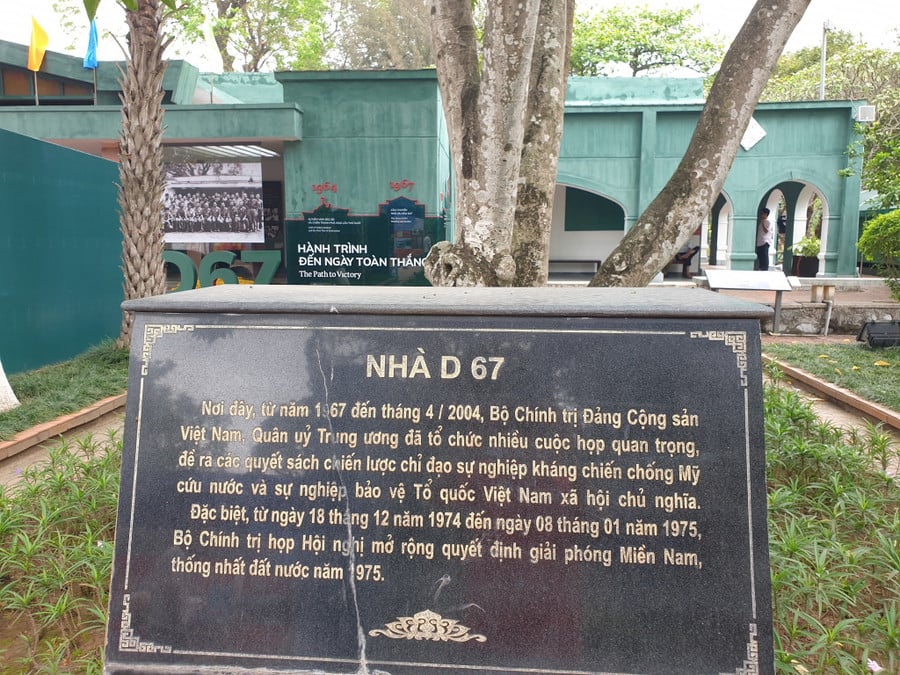

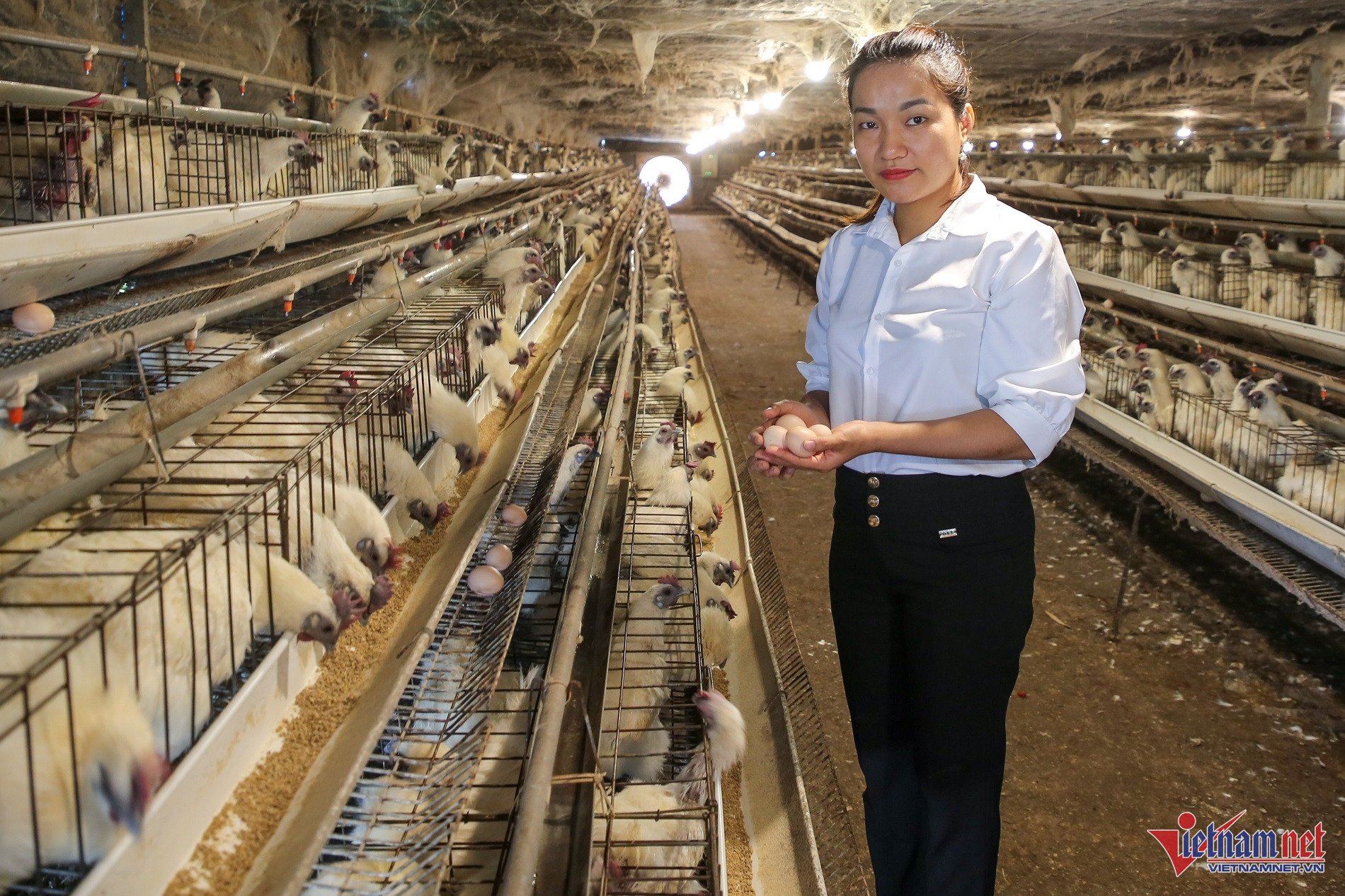


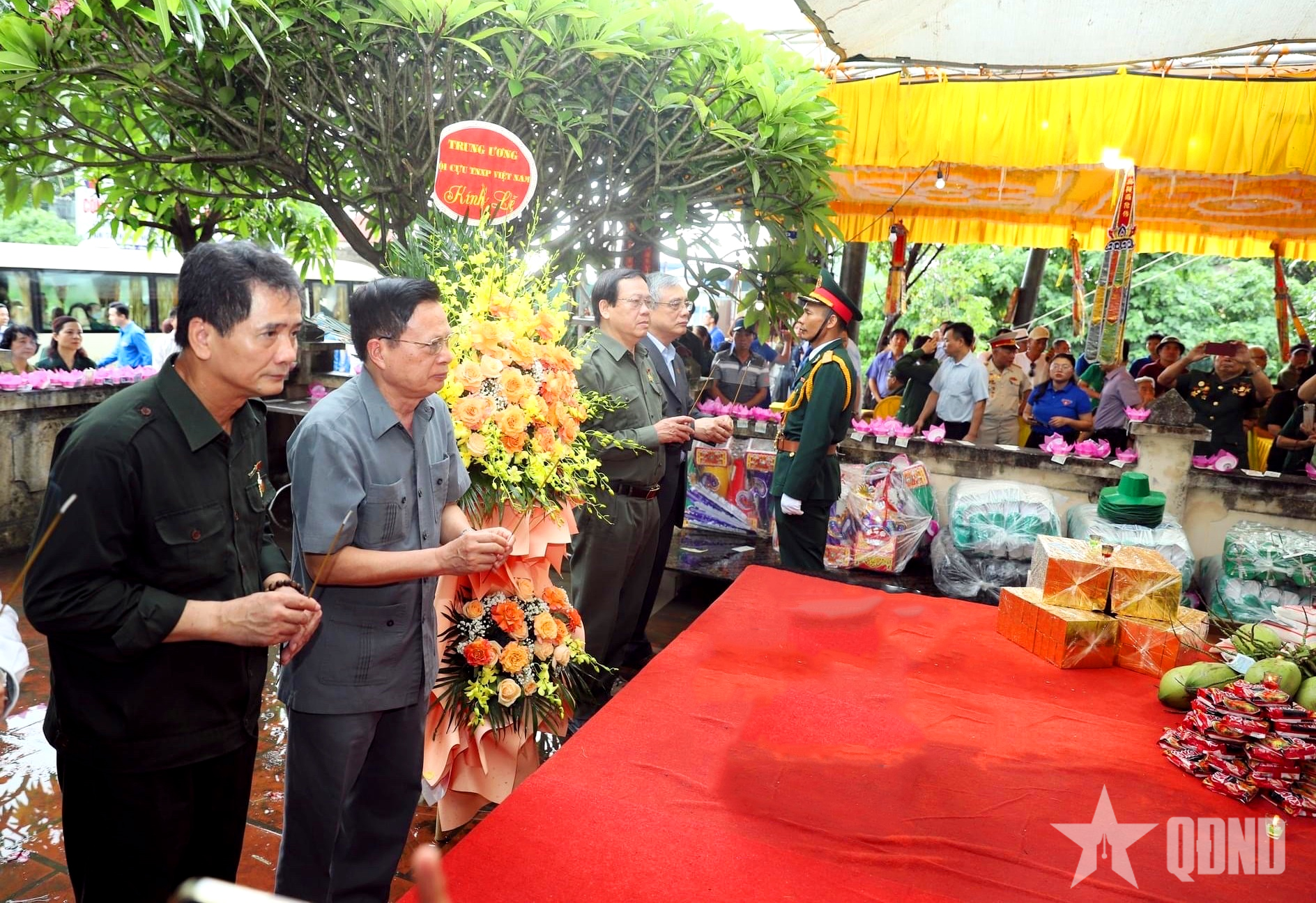




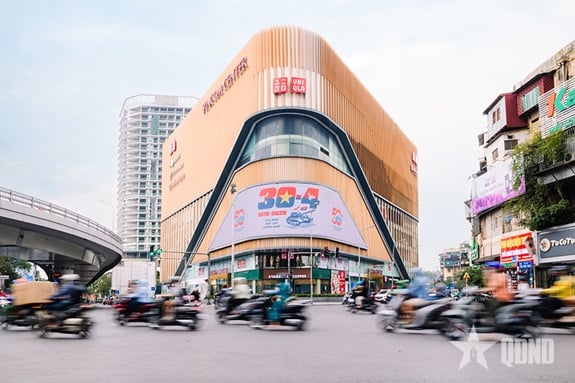






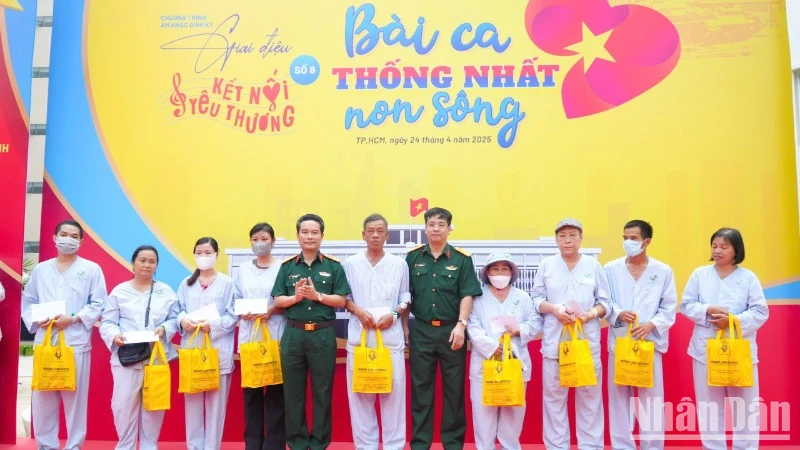






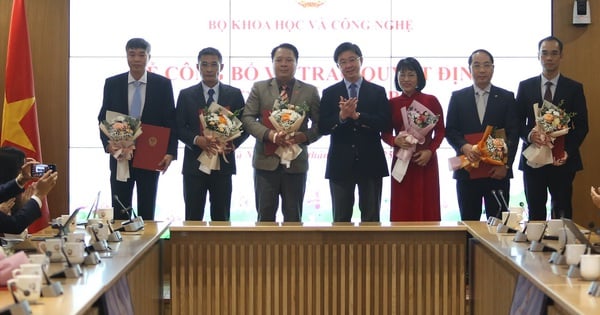

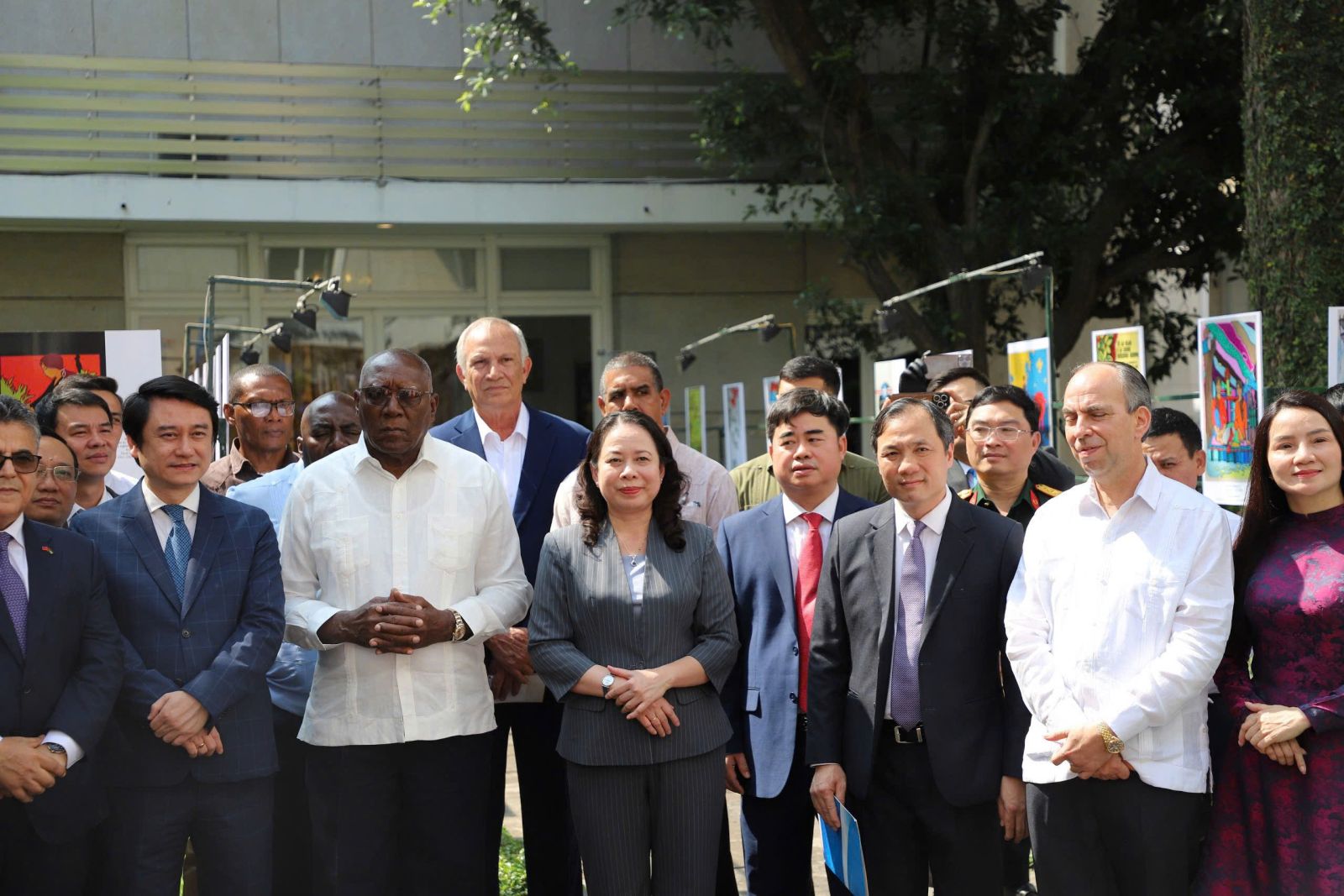




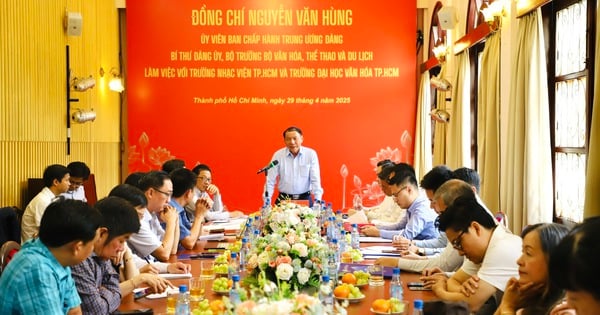




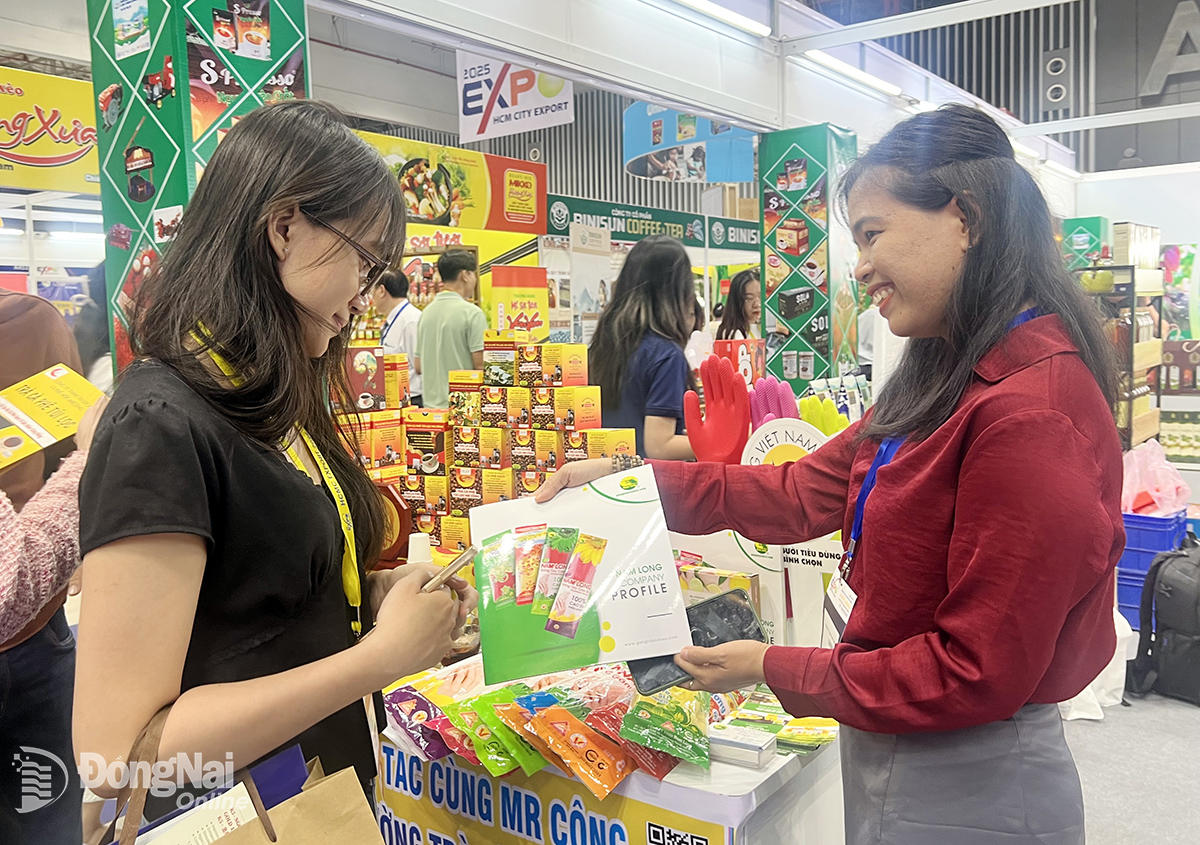

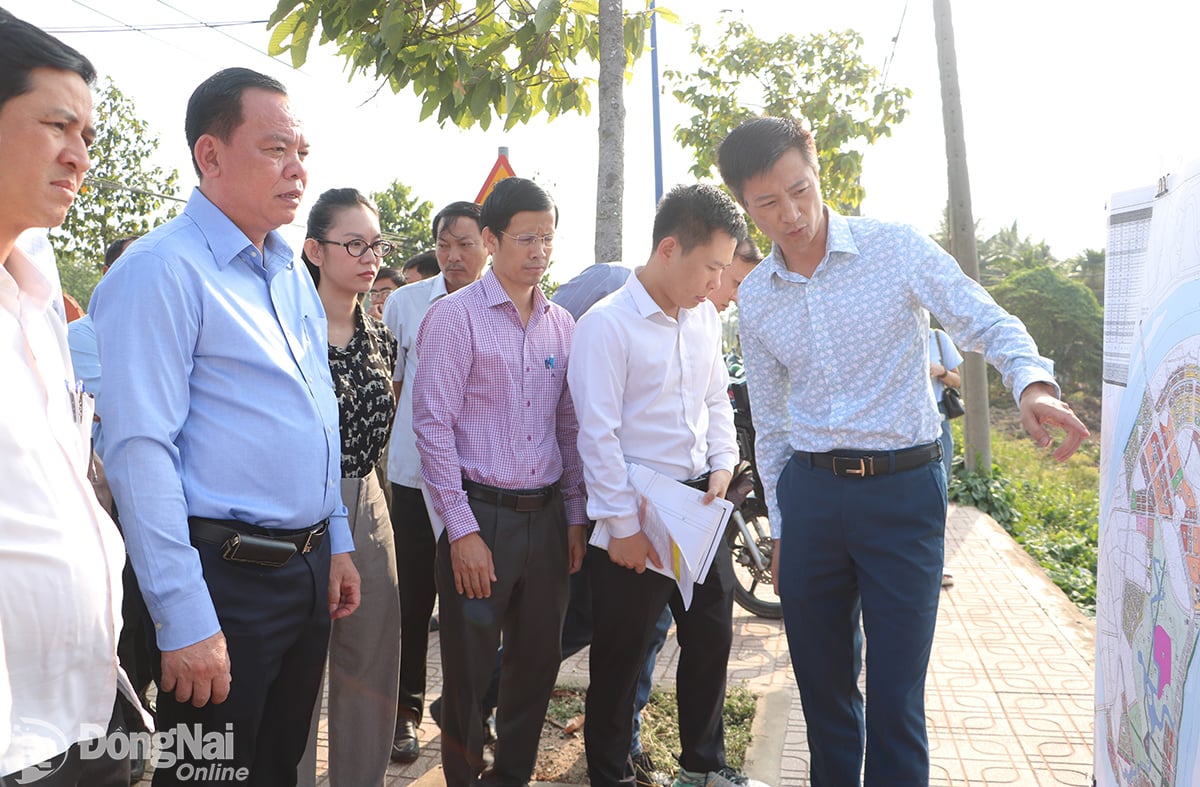
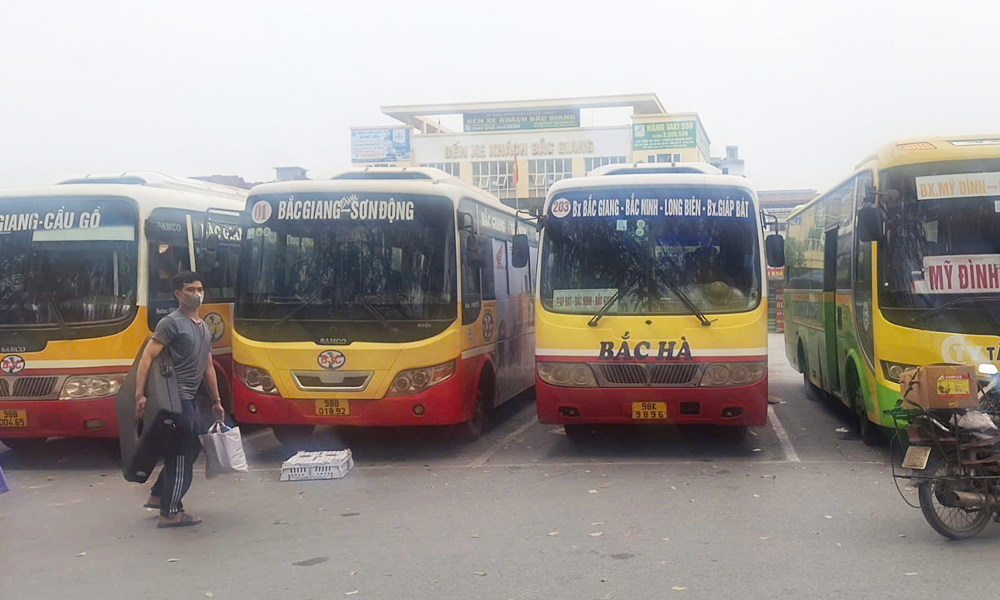


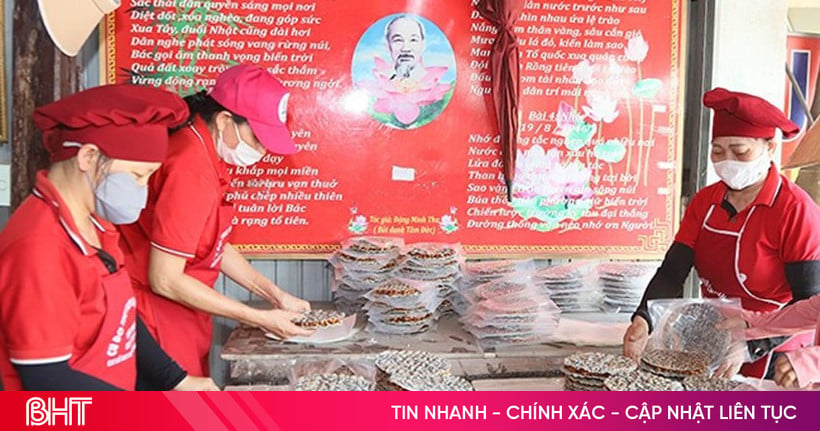

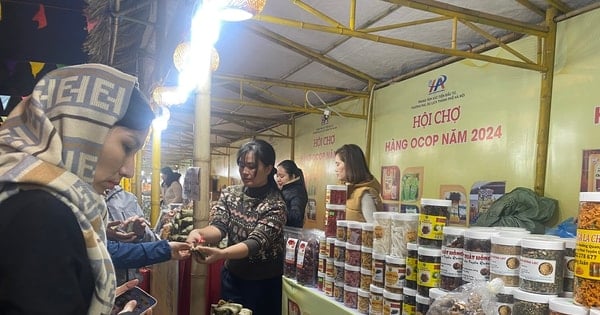

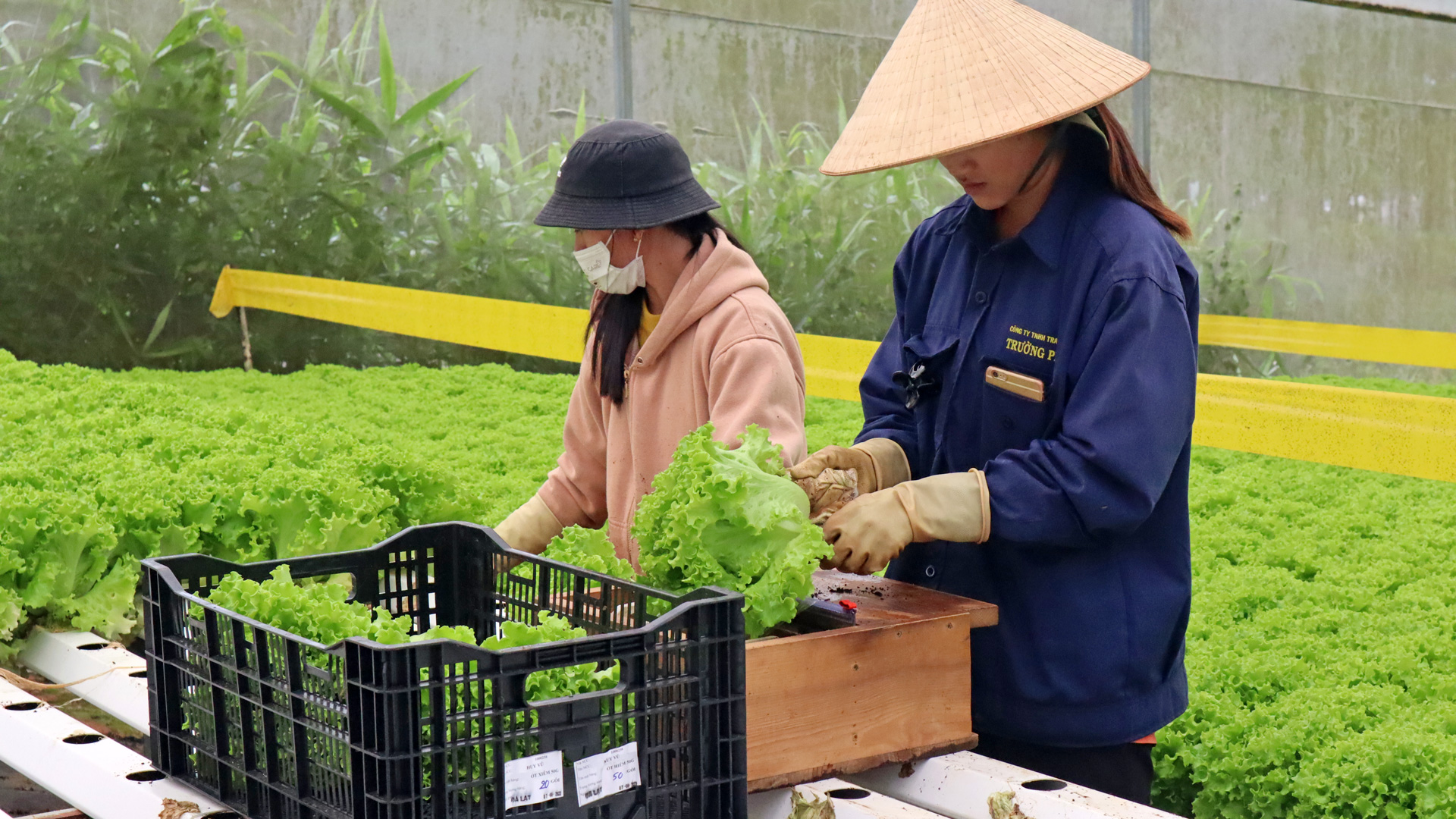

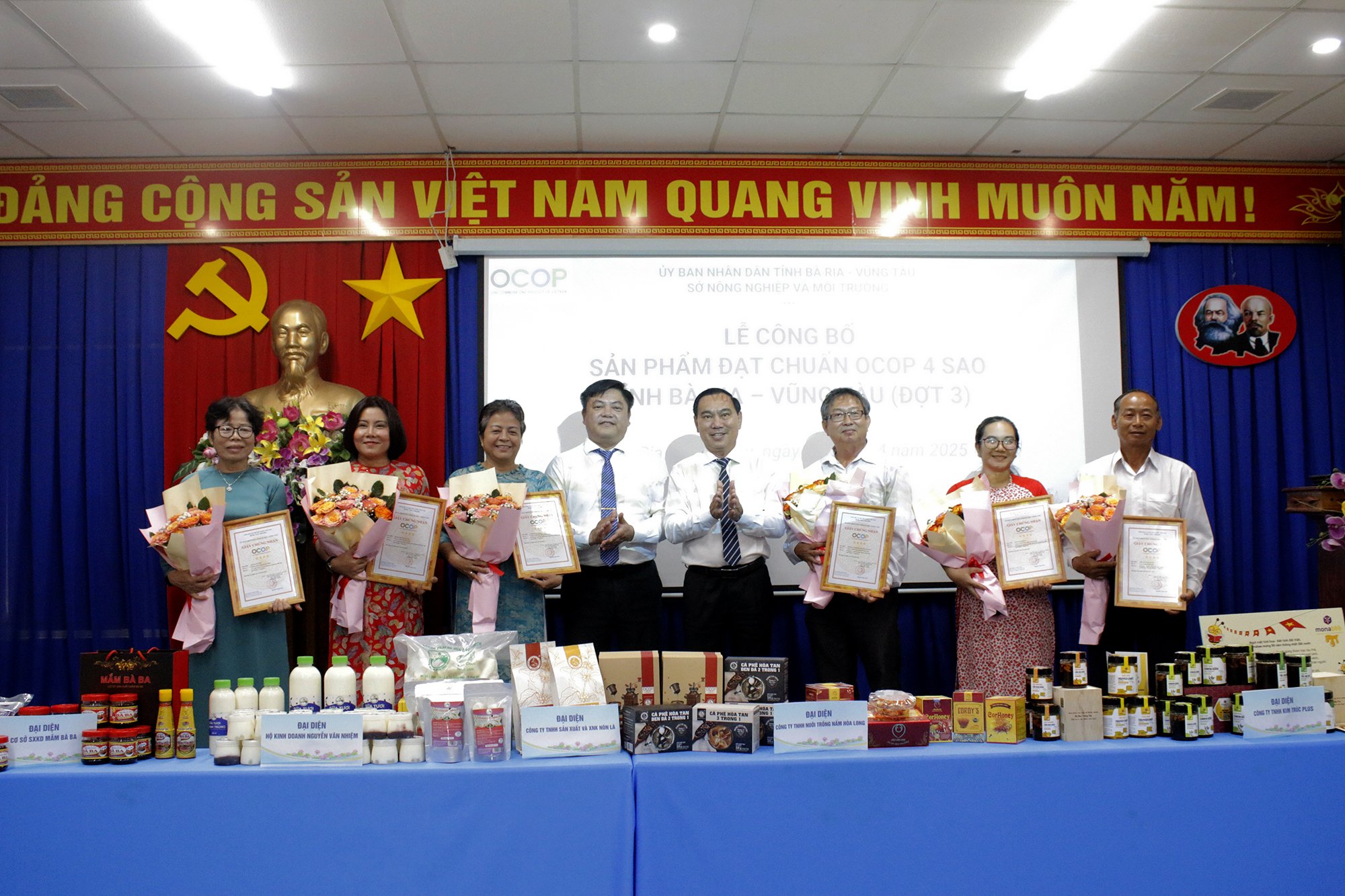

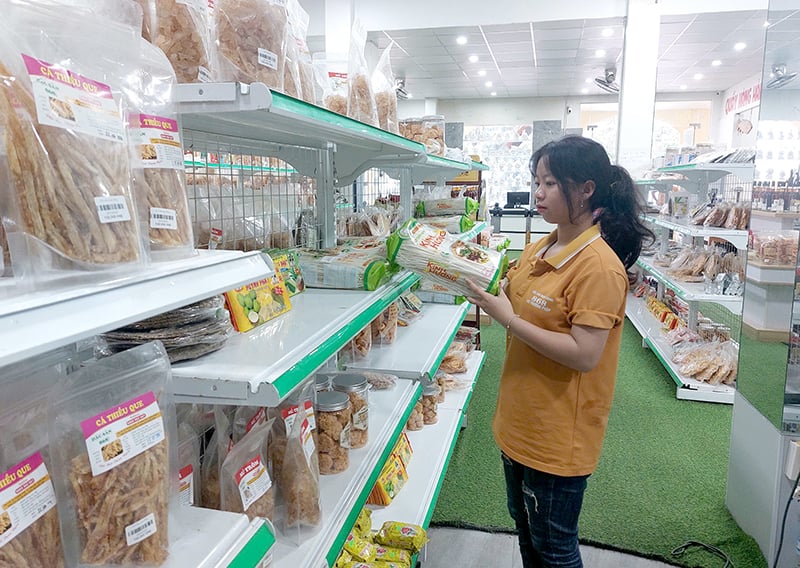

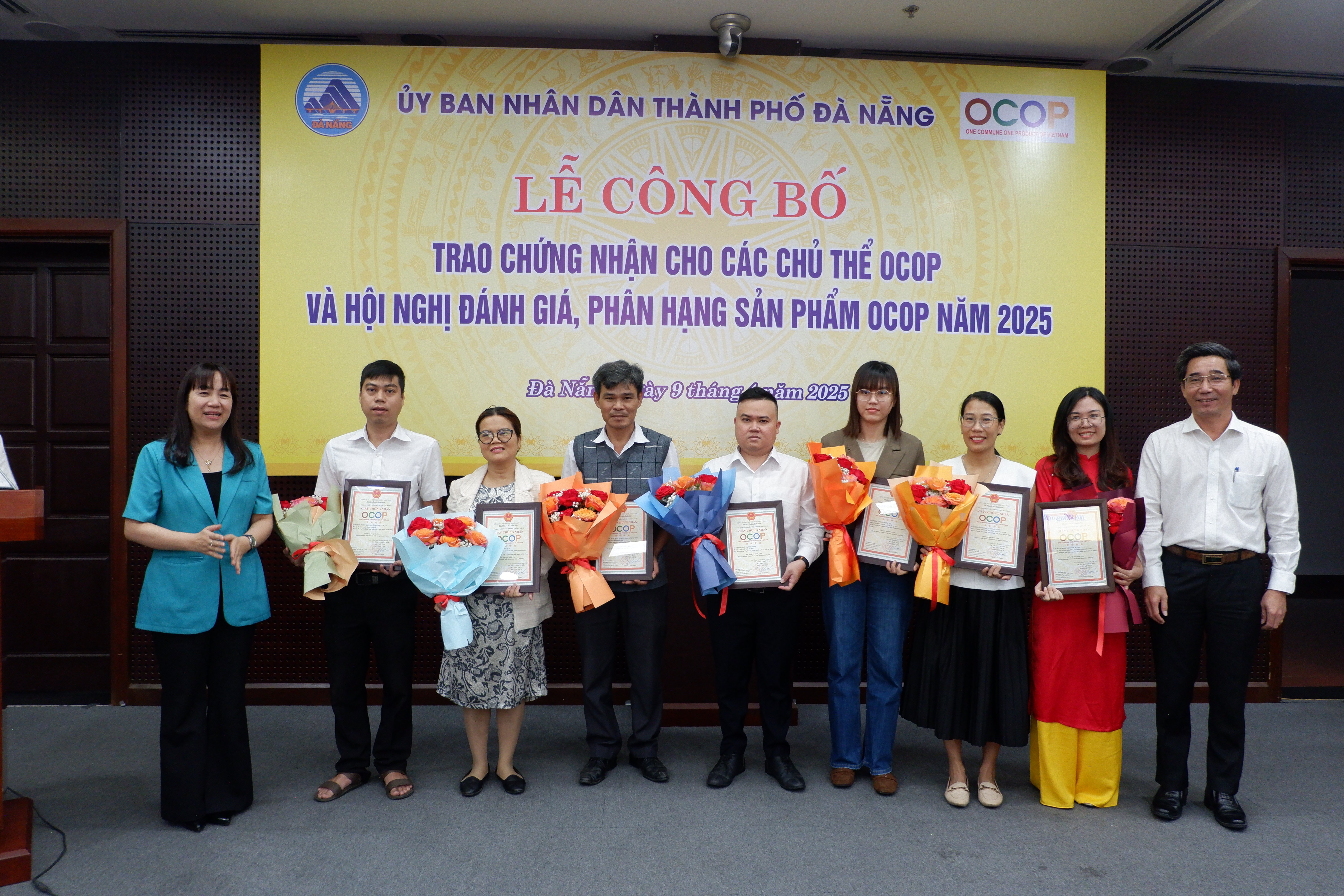

Comment (0)